When Covid-19 struck Oakland, California, earlier this year, the Community Ready Corps (CRC) was in the middle of preparations for their latest round of emergency kit giveaways.
‘They’re suffering now’: Americans scramble to adapt to daily reality of climate crisis
Read more
The organization had been supplying the city’s lower-income neighborhoods with earthquake kits, grocery gift cards and survival education since 2017. They shifted gears amid the pandemic, giving their stockpile of masks a new purpose in the fight against the coronavirus.
Now, with wildfires raging near the Bay Area and smoke choking the northern California air, CRC is pivoting once again, looking to consolidate their kits so they can be used during any emergency.
“We’re trying to feed two birds with one stone,” said Tur-Ha Ak, a longtime activist and the founder of CRC. “And given that wildfires are seasonal and earthquakes are not, our goal is to be all encompassing and to expand our capacity.”
CRC is one of a growing number of community organizations that recognize that historically underserved Black and Latino communities in California are more vulnerable to the long-term effects of natural disasters like wildfires, and that they are largely on their own to bridge the gap. As the climate crisis is expected to make wildfires in the state larger, more frequent and more intense, these organizations are emphasizing resilience and self-determination, handing out emergency kits, air purifiers and organizing response and evacuation trainings.
“These Black communities are already disenfranchised and have pollutants from factories, so then you take smoke and put it on top of that, it really shows how left behind people are,” Ak said.
To many in California, the wildfire smoke that enveloped much of the state in recent weeks has been a wake up call to the rising effects of climate change. Experts have warned that structural racism in housing policy and a lack of resources to invest in infrastructure like air conditioning and air purifiers puts Black and Latino communities at higher risk of devastation and complications from the smoke.
The fire ecologist Tony Marks-Block points to enclaves throughout the Central Valley and California’s wine country where mainly Latino farmworkers rely on temporary work visas and live in low-income housing. The combination of being in the direct paths of blazes, housing instability and exposure to thick, heavy smoke while in the fields consistently makes this population most susceptible to the immediate and lingering effects of wildfires.
Still, in 2019, following large fires like the 2018 Camp fire, California’s state auditor found that the affected counties failed to protect their most vulnerable residents by having mainly English-only emergency notifications.
“Fundamentally this is a class issue, but race always intersects with class,” Marks-Block said. “These places are majority white but their economies are reliant on racial inequities in income. So when people don’t have access to insurance or greater wages and savings, it’s going to be much more difficult for them to recuperate or revitalize their lives.”
In cities like Oakland, where decades of redlining and second world war-era industry-adjacent housing have produced racial inequities in exposure to toxins in the air and higher rates of respiratory disease, Marks-Block said that addressing these pre-existing issues in practical things like city planning and housing policy is another form of preparedness and mitigation that local and state governments should undertake.
“These histories play a large role in wildfire vulnerability,” adds Marks-Block. “So other than just having go-bags the state should address industry and rethink the sites of these emission producers.”
Attention for the intersection of race and disaster relief in the US accelerated following Hurricane Katrina but research and government action aimed at addressing the challenges have lagged behind; leaving local groups and charities to fill in gaps in awareness and support.
“One of the biggest things to come out of Katrina was the importance of a whole community approach,” said Debra Williams, the CEO of Building Resilient Communities (BRC), an organization that works with churches and faith-based groups to educate underserved communities about they ways they can minimize risk and rebuild their communities after a disaster.
“Seeing pictures of people stuck in the Superdome and Black bodies floating in the street is why we emphasize that you’re on your own and to just be prepared to take care of yourself and neighbors for some period of time,” she continued.
Williams founded BRC in 2012 as a way to reach Black communities in San Bernardino and Riverside counties, where officials recently declared racism a public health crisis. She hopes to leverage this official acknowledgement to get more resources for supplies such as masks and air purifiers as well as multilingual educational materials.
Williams said the coronavirus crisis has increased awareness about the racial inequality amid disasters. “If you think about the communities of color who are already devastated by neglect and underserved in so many ways, a fire will destroy whatever they’ve worked so hard to have,” Williams said.
“In the months prior to the fires we were looking at two health crises: Covid which exposed the second crisis which is racism,” Williams said. “We are survivors. But building the capacity to absorb these shocks and be more resilient is something that a lot of Black people haven’t been taught.”
To support the people spearheading these efforts in local communities, California’s governor, Gavin Newsom, has allotted $50m for Listos California, which aims to close language and cultural gaps and fund groups like BRC and CRC throughout the state.
“There was an awareness gap in communities of color but also a huge implementation gap in terms of culturally competent services,” said Justin Knighten, the co-chair of Listos California. “We have to be accountable to make sure the dollars are doing beyond leaving door hangers.”
Williams, whose organization is one of dozens to receive a sub-grant through the campaign, said she’s glad the state government is putting real dollars behind the effort. This type of funding can give groups like hers a chance to act as liaisons between official agencies and those in the most need of information, she added.
“The government and fire department speak their language and vulnerable communities have their own norms and language,” Williams said. “So, we stand in the middle and act as interpreters.”

















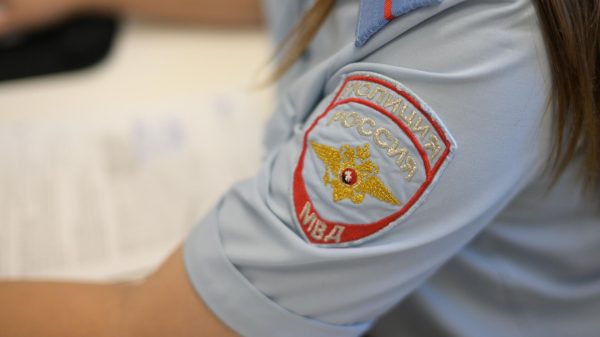
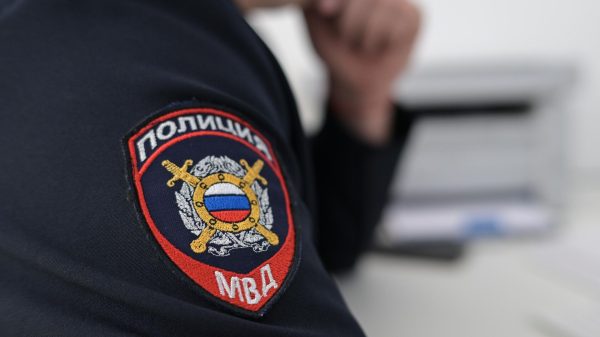
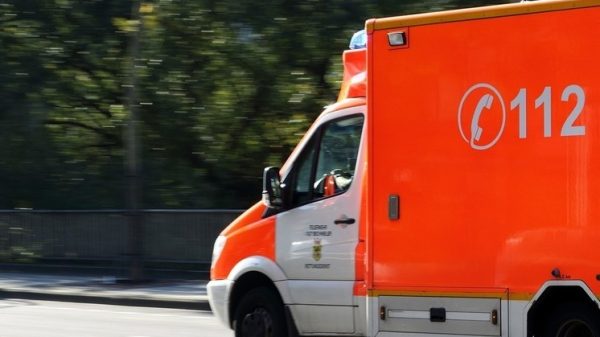
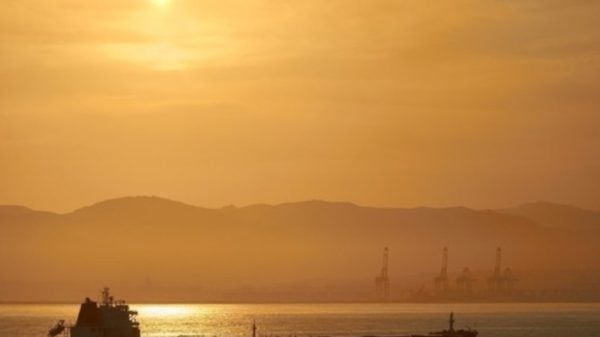
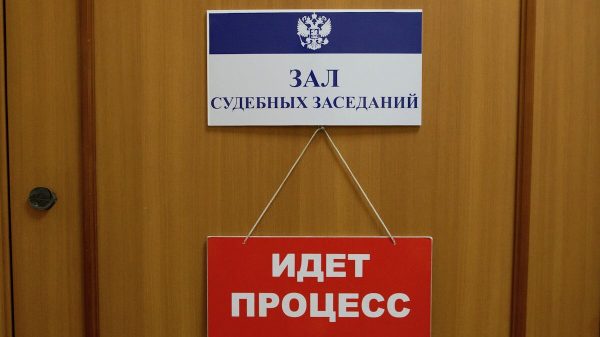
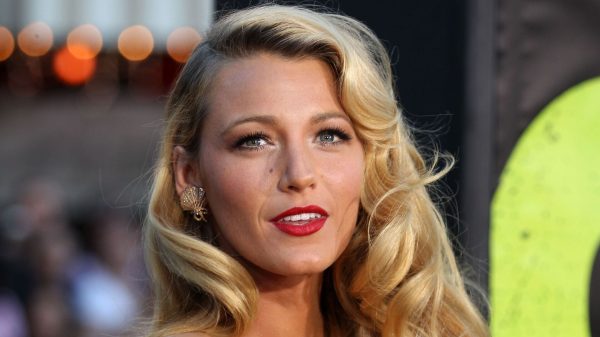
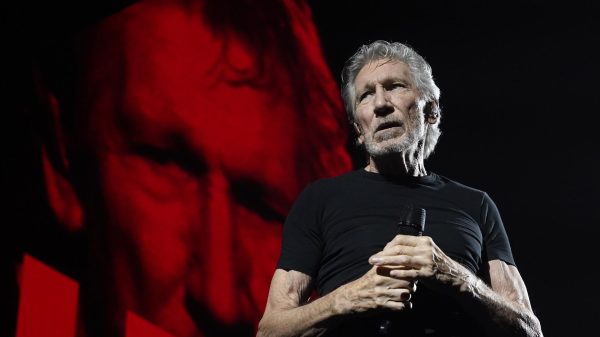
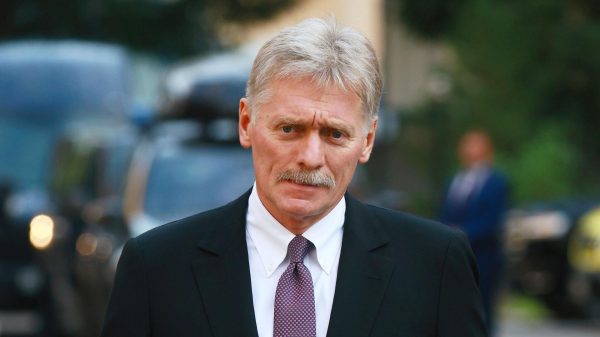

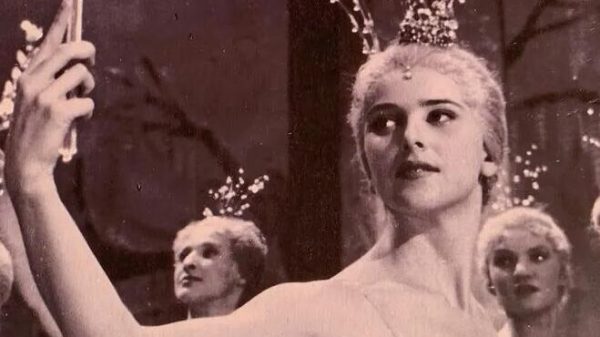
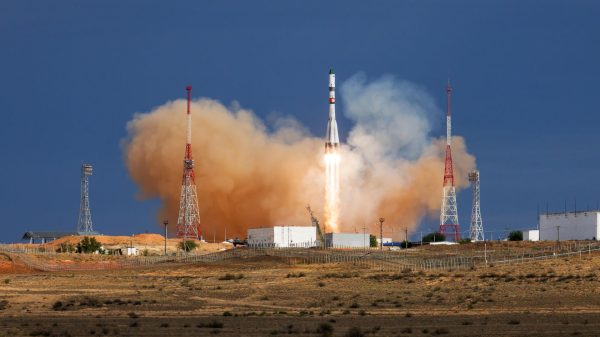

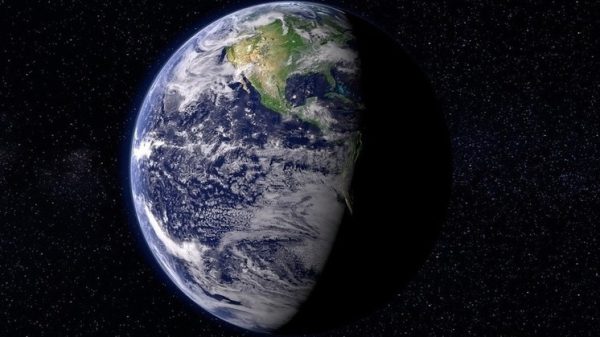
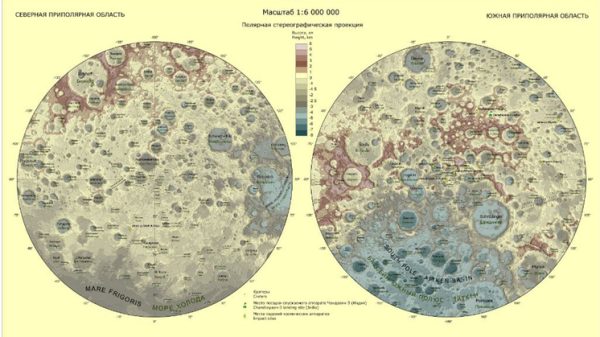
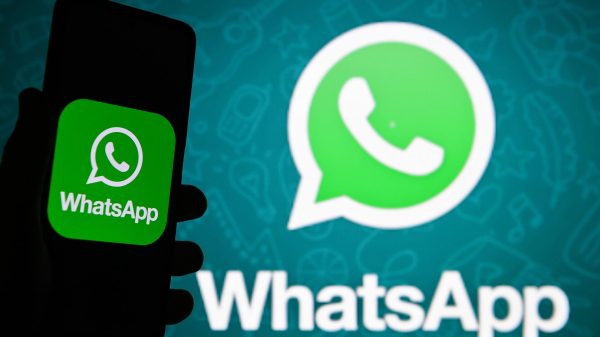

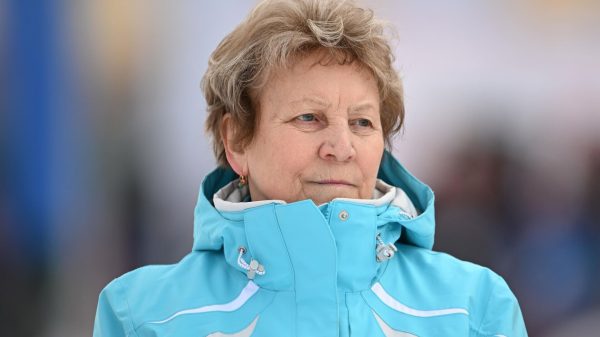
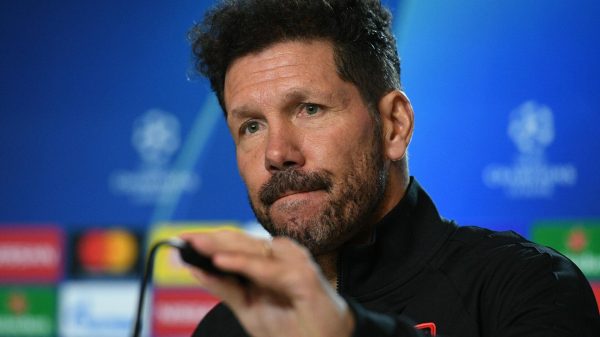

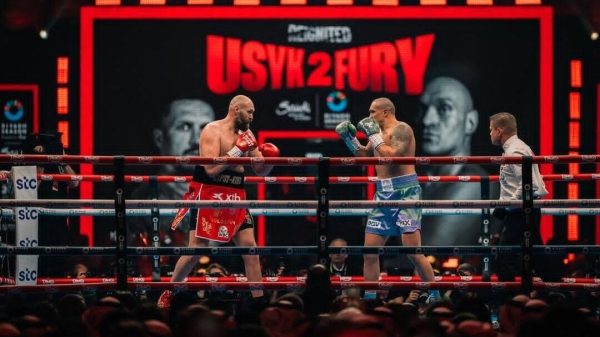





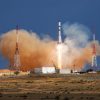


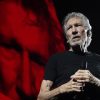

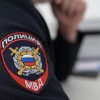













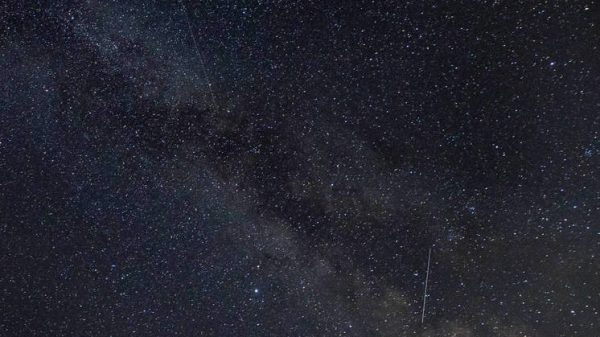
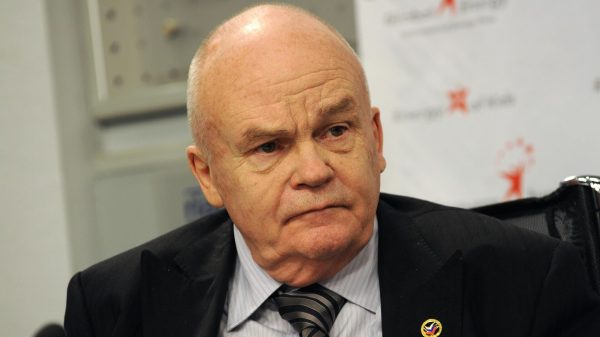

Свежие комментарии